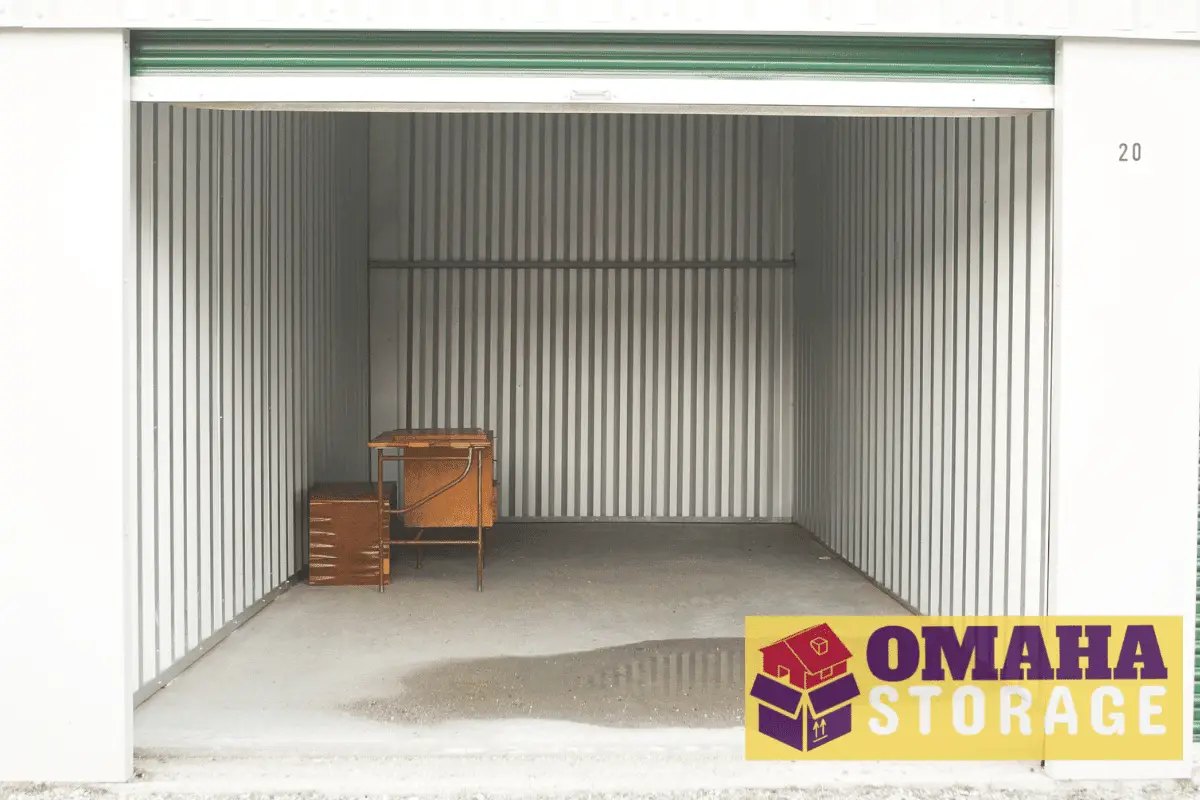When it comes to storing your belongings, it is essential to take the time to properly prepare them for storage. A little preparation time spent in advance can save lots of time and effort later on.
Failure to do so can result in damage or even loss of treasured family items.
Here’s some simple steps to ensure that your belongings are kept safe and secure.
Preparing Belongings for Self-Storage: Create an inventory list
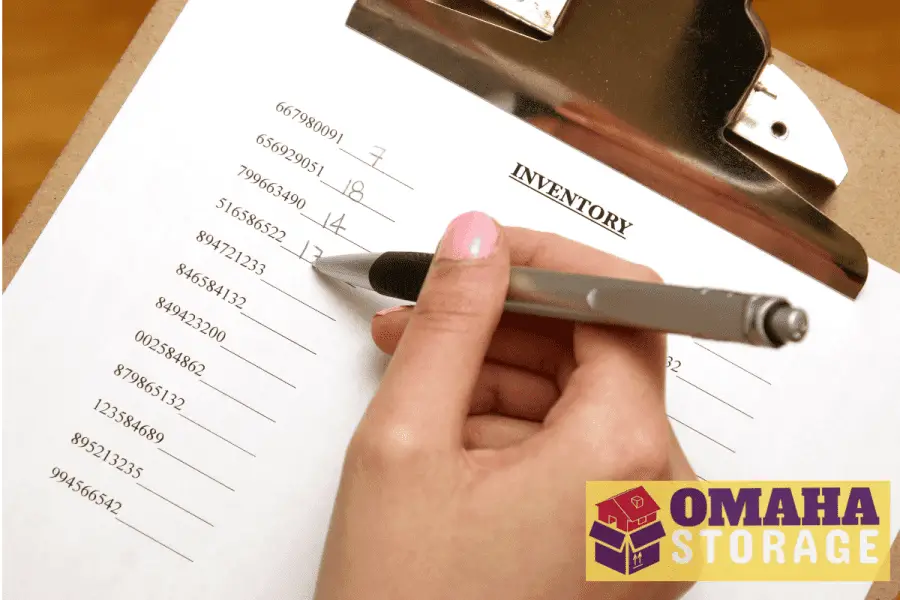
This list will help you to keep track of what you have, and it will also be useful when you come to retrieve your belongings at a later date.
Make sure to include a detailed description of each item, including its size, condition, and any identifying marks.
And once you place items in storage, if you can map out where each of the boxes are, it can save you time in the future.
Preparing furniture for storage
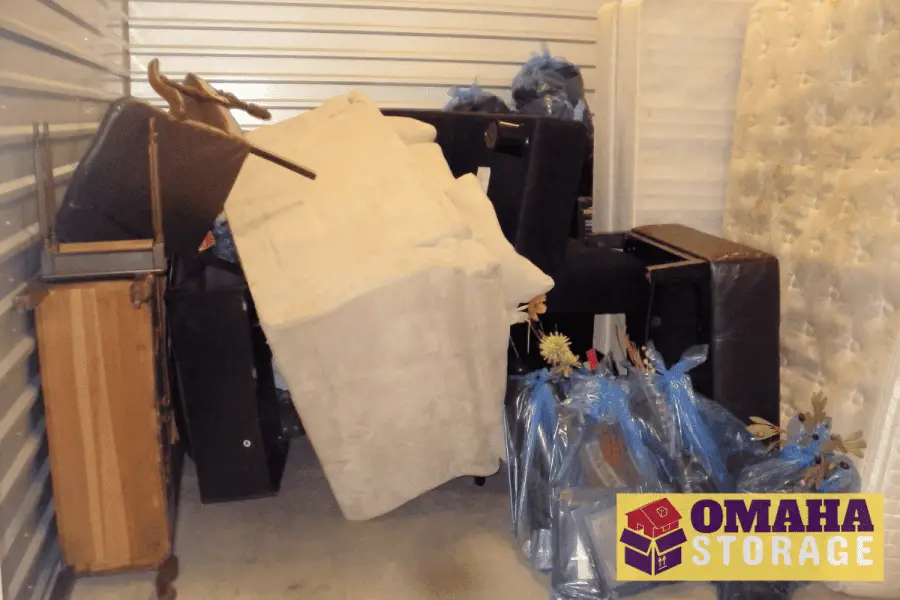
Furniture is often one of the most difficult items to store, but with a little preparation, it can be made easier.
Start by disassembling any furniture that can be taken apart, such as beds, tables, and desks. Make the big things to be small.
This will make it easier to move the furniture and will also save space in the storage unit.
Clean all the furniture thoroughly and cover it with a protective covering to prevent any damage during storage.
Uhaul has furniture bags to match just about any size – making it super convenient and very cost effective. You can walk into just about any Uhaul or check them online.
Packaging and labeling items for storage
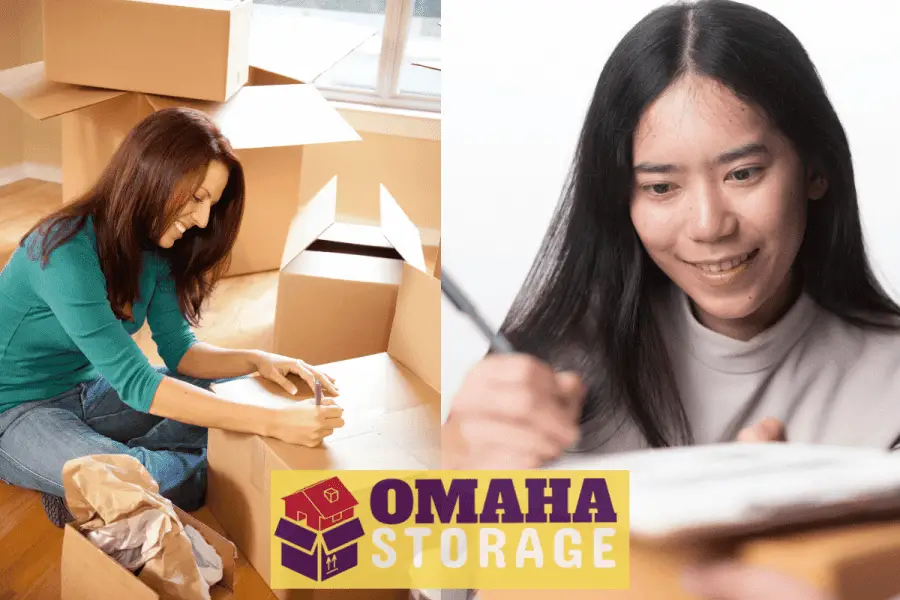
Proper packaging and labeling are essential for keeping your belongings safe and organized during storage.
Use sturdy boxes and packing materials to protect your items, and be sure to label each box with a detailed description of its contents. Home Depot has a great selection of moving boxes.
This will make it much easier to find what you need when you come to retrieve your belongings.
And then map them out on a paper when you are placing each box into storage.
Storing clothing and fabrics (such as window coverings)
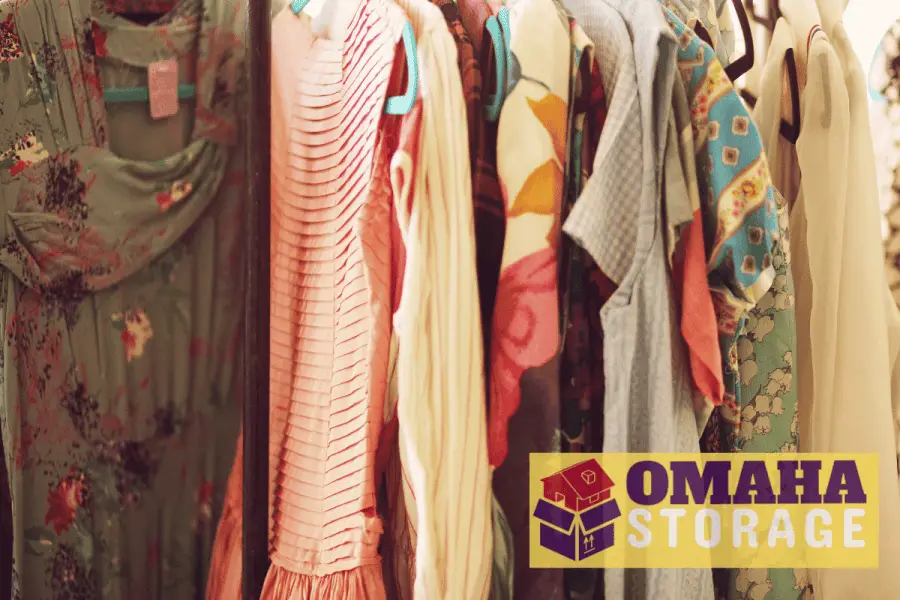
Clothing and fabrics are some of the most delicate items that you’ll be storing, so it’s essential to take special care when getting them ready.
Start by cleaning all of your clothing thoroughly, and then fold (or roll) them to save space.
Use acid-free tissue paper or other protective materials to wrap delicate items when it comes to silk and satin.
Preparing electronics for storage
Electronics can be sensitive to changes in temperature and humidity. It’s essential to take special care when getting them for storing.
Cleaning all your electronics thoroughly and remove batteries.
Wrap each item in a protective covering, such as bubble wrap or electronics plastics, and keep in a climate-controlled storage unit to protect from damage.
Storing artwork and collectibles
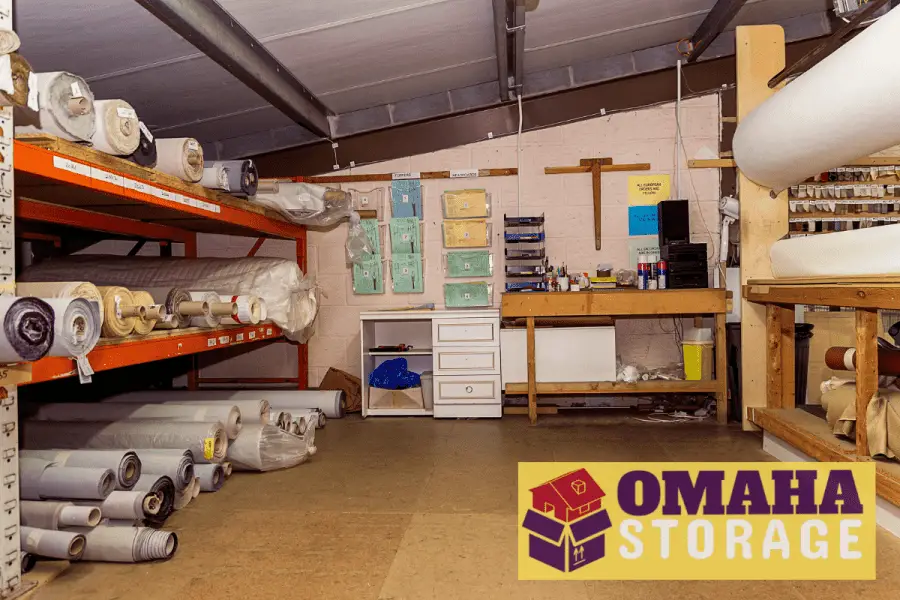
Artwork and collectibles are often some of the most valuable items that people store. It would be sad to come back days later to find those items damaged from the storage process. You can keep that from happening.
Start by cleaning all your artwork and collectibles thoroughly — then wrap each in acid-free tissue paper or other protective materials.
Use sturdy boxes and packing materials to protect your items and store them in a climate-controlled unit.
Protecting delicate items for storage
Delicate items — such as china, glassware, and crystal — require special care when preparing for storage.
Start by cleaning all your delicate items thoroughly and then wrap each piece in acid-free tissue paper or other protective materials.
Also use sturdy boxes and packing materials to protect your items. It wouldn’t hurt to store these in a climate-controlled unit.
Storing seasonal items
Seasonal items — such as holiday decorations — can take up a lot of space at home. Instead of cluttering your home with these, you can store them in a self-storage unit. This will free up space in your home while keeping your items safe.
Start by cleaning all of your seasonal items thoroughly, this will not only ensure that your items are clean when you take them out of storage, but it will also remove any dust, dirt, or other contaminants that could cause damage over time.
Once your items are clean, you can wrap each item in acid-free tissue paper or other protective materials, this will help to protect your items from scratches, dings, or other types of damage.
Use sturdy boxes and packing materials to protect your items, this is especially important for fragile items like Christmas ornaments, or items with delicate parts such as artificial Christmas trees.
Make sure that your boxes are sturdy enough to withstand the weight of the items inside, and use packing materials such as bubble wrap or foam to protect your items.
It may be important to store your seasonal items in a climate-controlled storage unit, depending on how much of a family treasure they are. This will help protect your items from changes in temperature, humidity, and other environmental shifts that could cause damage.
Climate-controlled storage units are designed to keep your items at a stable temperature and humidity level, which will help to protect your items from damage and ensure that they are in good condition when you take them out of storage.
You can store your items in labeled boxes and be sure to label each box with a detailed description of its contents. This will make it much easier to locate when the season starts up the next year.
Overall, storing seasonal items in a self-storage unit is a great way to save space in your home while keeping your belongings safe.
Preparing appliances for storage
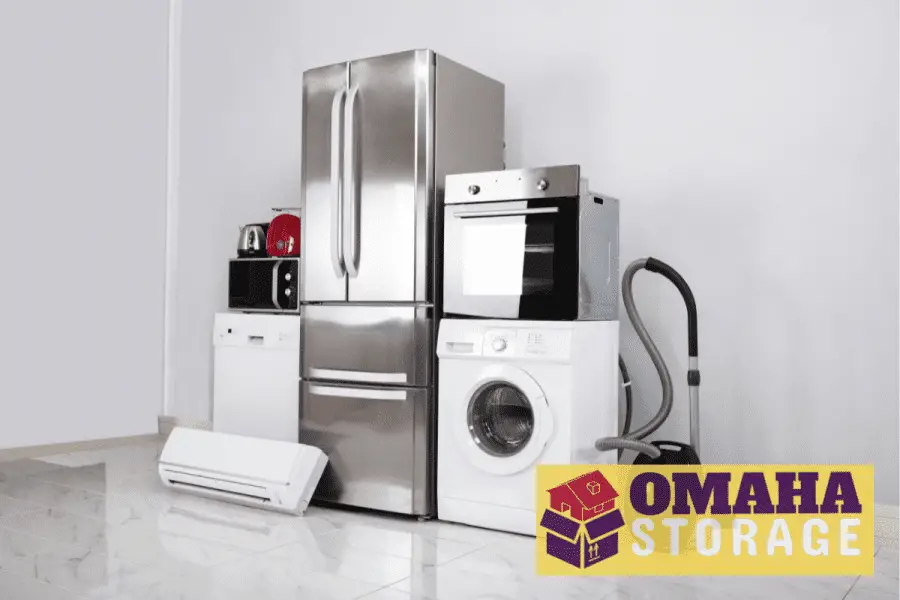
Appliances can be difficult to store, but with a little preparation, it can be done easily.
Start by cleaning all of your appliances thoroughly and then disconnecting them from any power sources. This will prevent any damage to the appliances during storage.
If possible, remove any removable parts, such as shelves or drawers, and wrap them in protective materials.
Storing household chemicals and hazardous materials
Household chemicals and hazardous materials — such as cleaning supplies, pesticides, and paint — should be removed and disposed of when you don’t need them anymore.
Otherwise, what is remaining should stored properly to prevent accidents or damage to your belongings.
Start by identifying any chemicals or materials that may be hazardous; these can include items such as pesticides, paint, and cleaning supplies.
Proper disposal of hazardous materials is essential, as they can be dangerous and can cause damage to the environment if not handled correctly.
Research and follow the regulations for disposal of hazardous materials in your area, this can include taking them to a specialized facility or contacting your local waste management. This is true even for items as simple as packing peanuts.
You can find out more information about what not to store at the article here what not to store.
For the remaining chemicals that you are able to store, make sure to store them in a secure, well-ventilated area, away from heat or flame sources. This will help to prevent any accidents or fires.
It’s also important to keep these materials out of reach of children or pets, in order to avoid any accidental ingestion or contact.
Use sturdy boxes and packing materials to protect your items and store them in a climate-controlled storage unit.
Storing perishable items
Perishable items, such as food, should not be stored in a self-storage unit. Make sure to consume or dispose of any perishable items before storing your belongings.
This includes items belonging to long term food storage; containers of wheat, corn, or other grains; and dried foods. These items don’t belong in self storage as they attract bugs. Then the bugs attract other types of animals.
Storing vehicles and outdoor equipment
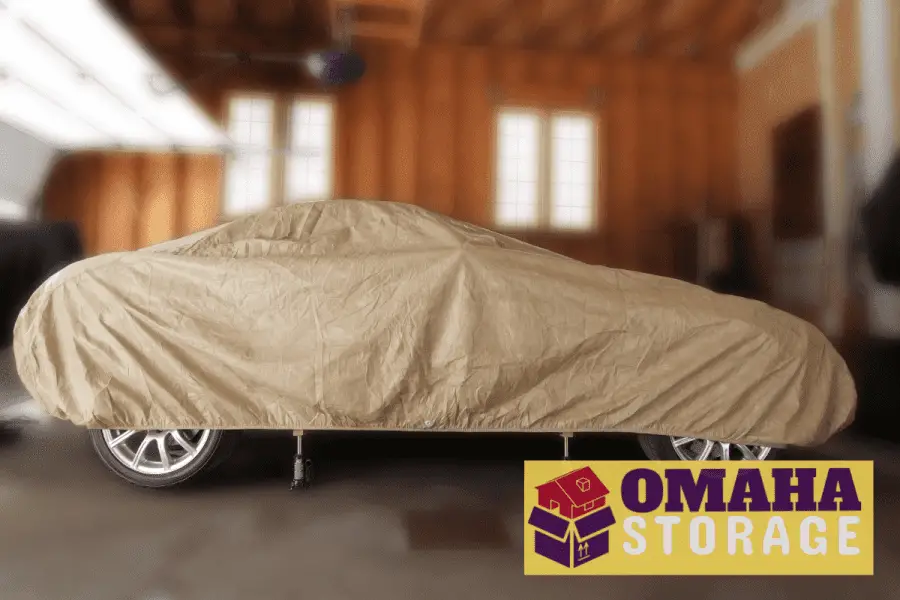
Storing vehicles and outdoor equipment in a self-storage unit is a great way to free up space in your garage or shed.
Start by cleaning all of your vehicles and equipment thoroughly. This will not only ensure that your items are clean when you take them out of storage, but can also remove any dirt, dust, or other contaminants that would cause damage over time.
This includes washing, vacuuming and detailing the interior and exterior of your vehicles — as well as cleaning and oiling any moving parts.
It’s also important to disconnect your vehicles and equipment from any power sources. For vehicles, this means removing the battery and disconnecting the power supply. Some people even take the car battery home and set it on a trickle charger until they go back and check on their car.
For outdoor equipment, this means emptying the propane/gas tank and disconnecting the spark plug. This will help to prevent any accidental starting or damage to the equipment during storage.
Use sturdy covers to protect your vehicles and equipment from dust and other environmental factors. This will help to keep your items in good condition and prevent any damage caused by dust or other contaminants.
Be sure to choose a cover that is specifically designed for the item you are storing, as different types of vehicles and equipment have different size requirements.
Additionally, if you are storing vehicles, it’s important to make sure that the tires are properly inflated and the brakes are in good working order, this can prevent damage to the tires and brakes during storage.
Don’t set the parking brake because an extended amount of clamping down can warp the brake pads. Your vehicle is stored on a flat surface so putting it into park is sufficient.
You can find more information about vehicle storage here Storage Units for Cars
Preparing documents and important papers for storage
Documents and important papers should be stored in a secure, dry place to prevent any damage. Start by organizing your documents and papers into folders or binders, and then use acid-free packing materials to protect them.
Use sturdy boxes and packing materials to protect your documents and store them in a climate-controlled storage unit for added protection.
Final check before storage: cleaning & organizing items
Before storing your belongings, it’s essential to do a final check to ensure that everything is clean and organized.
This will make it much easier to find what you need when you come to retrieve your belongings. It will also help to protect your items from damage.
Even better if you then map out each belonging with it’s location in the storage unit.
Get the unit ready: start by cleaning the storage unit thoroughly, this includes sweeping or vacuuming the floor, wiping down the walls, and cleaning any windows or vents. This will help to remove any dust, dirt, or other contaminants that could cause damage over time.
Next, arrange your items in a logical, easy-to-find order. This means grouping similar items together and labeling each box or container with a detailed description of its contents.
This will make it much easier to find what you need when you come to retrieve your belongings.
You can also consider using storage accessories such as shelving, hooks, or racks to help keep your items organized and easily accessible. For example, you can use shelving to store boxes or other items that are too large to fit in a container, and you can use hooks or racks to store items such as bicycles, lawn mowers, or other outdoor equipment.
It’s also important to check the condition of your items before storing them. This means inspecting each item for any damage or wear, and making any necessary repairs or replacements. This will help to ensure that your items are in good condition when you take them out of storage.
That final check before storing is essential to protecting and preserving your belongings. By cleaning and organizing your items, you can ensure that your belongings are stored safely and securely, and they will be in great condition when you take them out of storage.
Preparing your belongings for self-storage is essential for protecting your valuable items. By following these simple steps, you can ensure that your belongings are stored safely and securely.
Remember to create an inventory list, properly prepare furniture, package and label items, protect delicate items, store seasonal items and appliances, store household chemicals and hazardous materials, store documents and papers and do a final check.
All this preparation will be worth it when you retrieve your belongings in the future.

